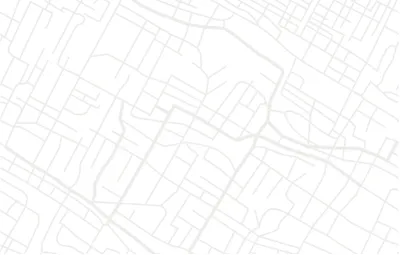What We Treat
Care for patients with a wide variety of emergency, urgent and less serious medical needs.
No matter the cause or type of sickness or injury, we’re prepared to care for your family whenever you need us. Our UF Health Emergency & Urgent Care Centers are open around the clock every day of the year.
When you arrive at one of our centers, emergency medicine staff will prioritize your care based on your symptoms and current health condition. We are prepared to begin examining you and order any testing needed, usually within minutes of your arrival. Our fast action ensures you get an accurate diagnosis so treatment can start quickly. We aim to treat you and get you on the path to healing and better health as soon as possible.
Symptoms and conditions we treat.
Some of the most common symptoms and illnesses we treat include:
- Abdominal pain
- Allergic reaction
- Breathing problems
- Back pain
- Chest pain
- Dehydration
- Dizziness
- Headaches
- High fever
- Rash
- Sore throat
- Stomach pain
- Vomiting
Illnesses and Conditions
We also treat these and many other conditions:
- Allergies
- Appendicitis
- Asthma
- Blood clots
- Common cold
- Flu
- Food poisoning
- Heart issues
- Infected cuts
- Pediatric illnesses
- Pink eye
- Pneumonia
- Ringworm
- Seizures
- Strokes
Injuries
And injuries including:
- Accidental poisoning
- Burns, both major and minor
- Chemical exposure
- Dislocated shoulder
- Eye injuries
- Fractures, sprains and bruising
- Foreign object removal
- Head injuries
- Injuries from falls
- Insect bites, stings and allergic reactions
- Lacerations (cuts) and wounds
It helps to know the cause of your condition.
Knowing what caused your illness or injury can help our providers give you the best care and effective treatment. When you arrive at a UF Health Emergency & Urgent Care Center, be sure to tell us if one of these issues caused (or may have contributed) to your condition:
- Accident at work
- Accident in the home
- Exposure to a contagious disease
- Outdoor injury
- Sports injury
- Vehicle accident

